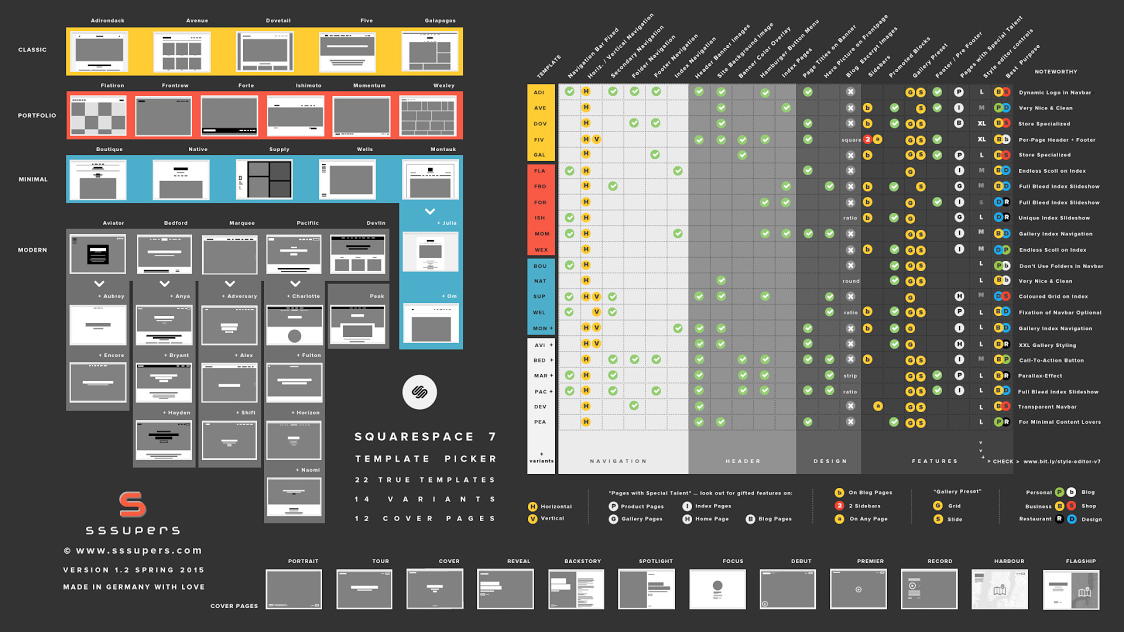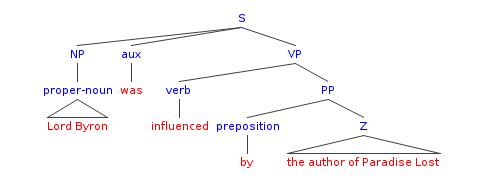

Its basic model consists of semantic nodes, semantic links between nodes, and a semantic space that defines the semantics of nodes and links and reasoning rules on semantic links. The semantic link network was systematically studied as a semantic social networking method. In 2012, Google gave their knowledge graph the name Knowledge Graph.

In the subsequent decades, the distinction between semantic networks and knowledge graphs was blurred. In the late 1980s, two Netherlands universities, Groningen and Twente, jointly began a project called Knowledge Graphs, which are semantic networks but with the added constraint that edges are restricted to be from a limited set of possible relations, to facilitate algebras on the graph. Still later in 2006, Hermann Helbig fully described MultiNet. Collins and Quillian (e.g., Collins and Quillian Collins and Loftus Quillian ). Later prominent works were done by Allan M. It's from these publications at SDC that most modern derivatives of the term "semantic network" cite as their background. Ross Quillian and others at System Development Corporation helped contribute to their work in the early 1960s as part of the SYNTHEX project. Sheldon Klein and I about 1962-1964 were fascinated by the technique and generalized it to a method for controlling the sense of what was generated by respecting the semantic dependencies of words as they occurred in text." Other researchers, most notably M. The "line of research was originated by the first President of the Association for Computational Linguistics, Victor Yngve, who in 1960 had published descriptions of algorithms for using a phrase structure grammar to generate syntactically well-formed nonsense sentences. Simmons and Sheldon Klein, using the first order predicate calculus as a base, after being inspired by a demonstration of Victor Yngve. Semantic networks were also independently implemented by Robert F. Although the importance of this work and the CLRU was only belatedly realized. Richens of the Cambridge Language Research Unit in 1956 as an " interlingua" for machine translation of natural languages. In computing history, "Semantic Nets" for the propositional calculus were first implemented for computers by Richard H. The earliest documented use being the Greek philosopher Porphyry's commentary on Aristotle's categories in the third century AD. ACM 9 (1966), 11–23, 89–99, 878.Examples of the use of semantic networks in logic, directed acyclic graphs as a mnemonic tool, dates back centuries. Niklaus Wirth and Helmut Weber, Euler: A generalization of Algol, and its formal definition, Comm.

PL/I Definition Group of the Vienna Laboratory, Formal definition of PL/I, IBM Technical Report TR 25.071 (1966). McClure, TMG-A syntax directed compiler, Proc. John McCarthy and James Painter, Correctness of a compiler for arithmetic expressions, Proc. IFIP Working Conf., Vienna (1964), North Holland, 1966. John McCarthy, A formal definition of a subset of Algol, Formal Language Description Languages for Computer Programming, pp. Landin, A correspondence between Algol 60 and Church's lambda notation, Comm. IFIP Working Conf., Vienna, (1964), North Holland, 1966. Landin, A formal description of Algol 60, Formal Language Description Languages for Computer Programming, pp. Landin, “The mechanical evaluation of expressions,” Comp. Knuth, The Art of Computer Programming, I, Addison-Wesley, 1968. Irons, Towards more versatile mechanical translators, Proc. Irons, A syntax directed compiler for Algol 60, Comm.

Robinson, “Random-access, stored program machines, an approach to programming languages,” J. IFIP Working Conf., Vienna (1964), North Holland, 1966.Ĭ. Elgot, “Machine species and their computation languages,” Formal Language Description Languages for Computer Programming, pp. IFIP Working Conf., Vienna (1964), North Holland, 1966.Ĭorrado Böhm and Wolf Gross, “Introduction to the cuch,” Automata Theory (ed. Böhm, The CUCH as a formal and description language, Formal Language Description Languages for Computer Programming, pp. Tracts 16, Mathematisch Centrum, Amsterdam, 1967.Ĭ. de Bakker, Formal definition of programming languages, with an application to the definition of ALGOL 60, Math Cent.


 0 kommentar(er)
0 kommentar(er)
